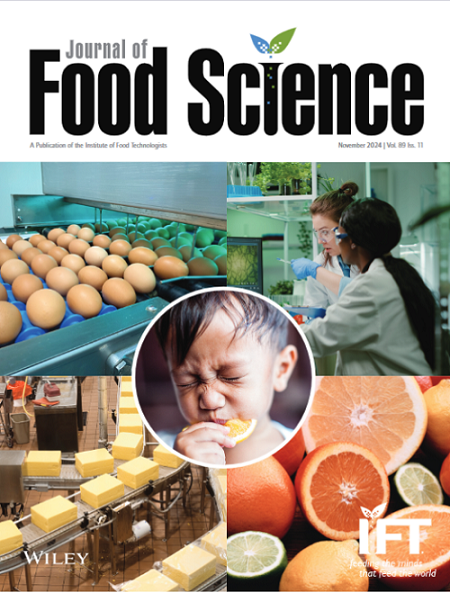Comparison of PCR-Based Methods for the Detection of Canned Tuna Species
Abstract
Canned tuna is susceptible to mislabeling due to its high consumer demand, complex global supply chains, and range of prices. DNA barcoding of a short fragment of the mitochondrial control region (CR), termed the CR mini-barcode, has been established as an effective method for tuna species identification. However, the high level of DNA degradation in canned tuna products reduces the effectiveness of this method. Therefore, this study aimed to compare CR mini-barcoding to targeted (i.e., real-time or multiplex) PCR-based methods to determine the most effective approach for canned tuna species identification. DNA was extracted in duplicate from 24 canned tuna products labeled as albacore, skipjack, yellowfin, and light tuna. Each sample was analyzed with CR mini-barcoding, real-time PCR, and multiplex PCR. The top-performing targeted method also underwent sensitivity testing using binary species mixtures. Real-time PCR showed the highest species identification rate, with 100% of products detected, followed by CR mini-barcoding (33%) and multiplex PCR (29%). Real-time PCR also showed excellent sensitivity, detecting 0.1%–1% of the target species in fresh and heat-treated binary species mixtures. Multiplex PCR and real-time PCR showed similar effectiveness in terms of cost and time, with a price of US$6 per sample and a total time of 3–6 h when testing all targeted species. Although CR mini-barcoding required greater costs and time, it allowed for sequencing-based detection of a range of species in the products. In conclusion, a combination of real-time PCR and CR mini-barcoding is recommended to allow for rapid screening of target species along with sequencing-based confirmation.
Practical Applications
This research provides a practical recommendation regarding the use of genetic methods for detecting species in canned tuna. Implementation of the recommended methodology is expected to enhance consumer protection and help regulatory agencies enforce accurate labeling.






 求助内容:
求助内容: 应助结果提醒方式:
应助结果提醒方式:


